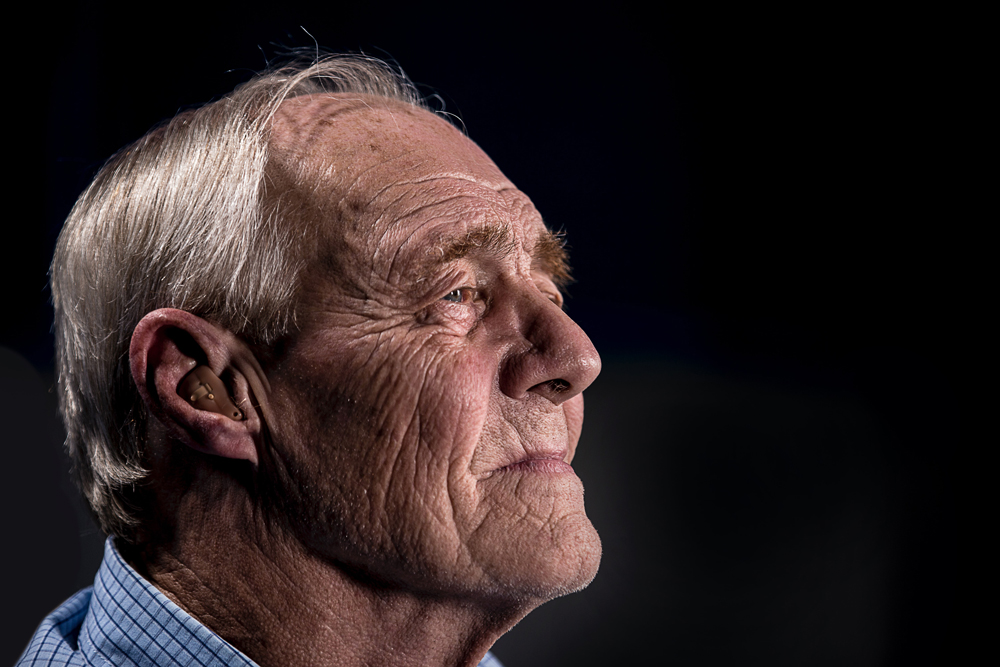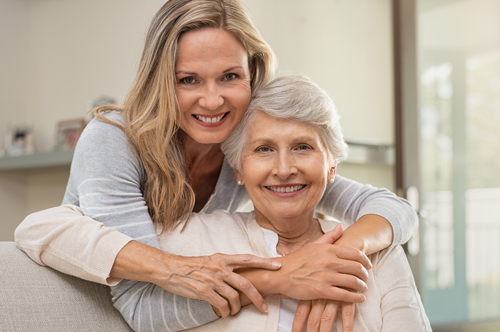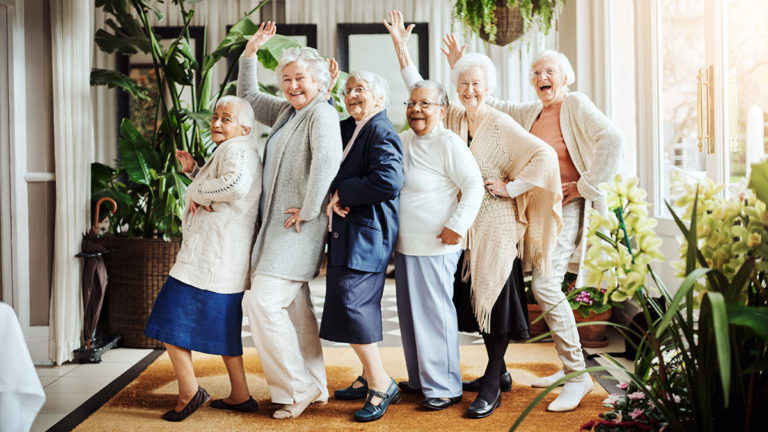It’s no surprise that elderly Australians are feeling the impact of loneliness and social isolation more so than others, with those over 75 more likely to be lonely than any other age group*.
It’s a common story we hear, particularly from those who are caring for their elderly parent and worried about them living alone – perhaps it’s that their partner has recently passed but they choose to stay home because of their local community and nearby friends. Then those relationships move on and their mobility out of the house somewhat deteriorates, so they stay home alone more often.
They’re now socially isolated and lonely, and it seems to have all happened so quickly. This is when family members look for a fix; a way to help an elderly parent with loneliness. And the first thought can often be a retirement village.
Will village living help an elderly person with loneliness?
In a word, no.
There’s no simple cure for elderly loneliness, but it’s often assumed that life in a retirement village is a constant calendar of events and social engagements will help. And you’d be forgiven for thinking that – the marketing materials certainly suggest (or directly say) that village life is all about community and offers a rich opportunity to meet new people and have new experiences.
This can be true in many cases; but the transition into a village home can cause your elderly parent or loved one to retreat. From there, it’s a hard road back.
For Peggy, the loss of her husband and a decline in her hearing meant that she found it hard to connect with family and friends, despite living in a retirement village. She was sedentary for much of the day, stopped going out, and wasn’t eating regularly.
Not only is it not a cure-all, but life in a retirement village can actually contribute to feelings of loneliness and social isolation**.
There’s the need to conform to new rules, losing a sense of self, and feeling the pressure to be a ‘good citizen’ while their day-to-day life turns into a routine they don’t completely control. When you break it down like that, it’s a tough transition for anyone, and the reality is, we don’t know what’s happening (or not happening) after we leave or end the FaceTime call.
Why is helping your elderly parent with loneliness so important?
No one wants to think about their parent or elderly loved one alone all day. Your life may be full to the brim but imagining them sitting in a small room without any genuine connection can literally stop you in your tracks.
Changing the trajectory of loneliness for your elderly loved one can also mean better health outcomes. Loneliness and social isolation in elderly people are linked to declining mobility and an increased risk of falls. Then there’s the proven increased risk of dementia, heart disease, chronic pain, and hospitalisation*.
Elderly loneliness is a serious issue, and risk factors (like living alone) aren’t going anywhere, so we need some creative thinking to help elderly citizens re-engage and re-connect.
“More than one-quarter (27%) of older people living in households lived alone and this proportion is projected to remain about the same through to 2036. Women were more likely to live alone than men (35% compared with 18%).” ^
Getting creative to change loneliness
In one quick Google search you’ll easily find a list of ‘cures’ for loneliness: chat to your neighbour, join a community group that interest you, volunteer. But there are some more creative ideas that are having a huge impact on elderly loneliness (whether you live in a retirement village or not).
Get virtual
The online world is a direct link to like-minded people and Facebook groups are a great place to start. Search an interest or a hobby; perhaps their career before retirement is still of great interest, or even a book club. If the group doesn’t exist, you could help them start one. Having access to technology goes further than just Facetime.

Someone to care for
Having another heartbeat in the home can do wonders for loneliness in seniors. Pets are proven to provide a sense of purpose (they’re not going to feed themselves), companionship, and increase exercise. When an aged-care home welcomed a placid rabbit, Willow, to their quarters, rates of loneliness and social isolation in their elderly residents improved dramatically.

Washing, cooking, and cleaning (?)
For you (and us), being relieved of daily chores may seem like the ultimate Powerball, but for older Australians (particularly those in retirement villages or aged care homes), it can be a welcome task. It’s the feeling of contribution, connection, and being needed that can help with feelings of boredom and loneliness. Read more about the Swiss aged-care home that’s adding chores to the loneliness script.

How to see the signs of elderly loneliness
It all comes back to the closed door. Without knowledge, you can’t even start a conversation let alone suggest ways to improve your elderly parent’s loneliness. We often hear that elderly parents are very good at appearing completely fine; perhaps they don’t want to be a burden, or maybe they’ve resigned to the idea that loneliness and social isolation are just part of life in old age.
Having smart sensor technology like InteliLiving in the home – whether that’s within a village environment or not – means access to the truth about someone’s wellbeing.
It’s the real conversations that count. When it comes to Peggy’s story, InteliLiving sensors in her home showed very clearly that her family’s concerns were well founded. The data told the story of Peggy’s loneliness and social isolation, leading to a diagnosis of panic attacks and the care she needed.
Nothing in isolation
The truth is, there’s no one thing that can ‘cure’ loneliness for elderly people. As humans, we need genuine connection, a sense of purpose, and a varied routine to begin to combat loneliness and social isolation. While data can be the necessary conversation starter, the recipe for improving loneliness is different for everyone.
Sources:
* Ausmed, 2020. Loneliness and Social Isolation in Aged Car. Viewed 25th April 2021: https://www.ausmed.com.au/cpd/articles/loneliness-and-social-isolation-aged-care
** Neves, Sanders, Kokanović, 2019. Journal of Ageing Studies. “It’s the worst bloody feeling in the world”: Experiences of loneliness and social isolation among older people living in care homes. Viewed 25th April 2021: https://bbneves.com/wp-content/uploads/2019/06/its-the-worst-bloody-feeling-in-the-world.pdf
^ AIHW (Australian Institute of Health and Welfare), 2017. Australia’s Welfare Ageing and Aged Care. Viewed 25th April 2021: https://www.aihw.gov.au/getmedia/d18a1d2b-692c-42bf-81e2-47cd54c51e8d/aihw-australias-welfare-2017-chapter5-1.pdf.aspx






